Estimated reading time: 10 minutes
You walk in the door, and your cat loves to greet you with affectionate purrs, tail flicks, and maybe even a nuzzle. It’s like you’re the star of your own personal love story, where the feline is the devoted other half.
But then a friend comes over, and suddenly, your sweet angel kitten turns into a hissing, claw-bearing grump. Why does your cat act like the king or queen of the house with you but turns into an ambushing little monster with others? Let’s dive into the puzzling world of feline behavior to find out!
Key Takeaways
- Cats may be mean to everyone except their owner due to fear, territorial instincts, lack of socialization, negative experiences, or underlying medical conditions.
- Signs of aggression in cats include hissing, growling, raised fur and puffed-up tail.
- To manage cat aggression, understand the underlying cause, socialize your cat from a young age, provide mental and physical stimulation through play and toys, seek professional help if needed, and train your cat using positive reinforcement techniques.
Possible Reasons for a Cat’s Aggressive Behavior Towards Others
Cats may exhibit aggressive behavior towards others due to fear and lack of socialization, territorial instincts, negative experiences, sensitivity to their owner’s emotions, or underlying medical conditions.
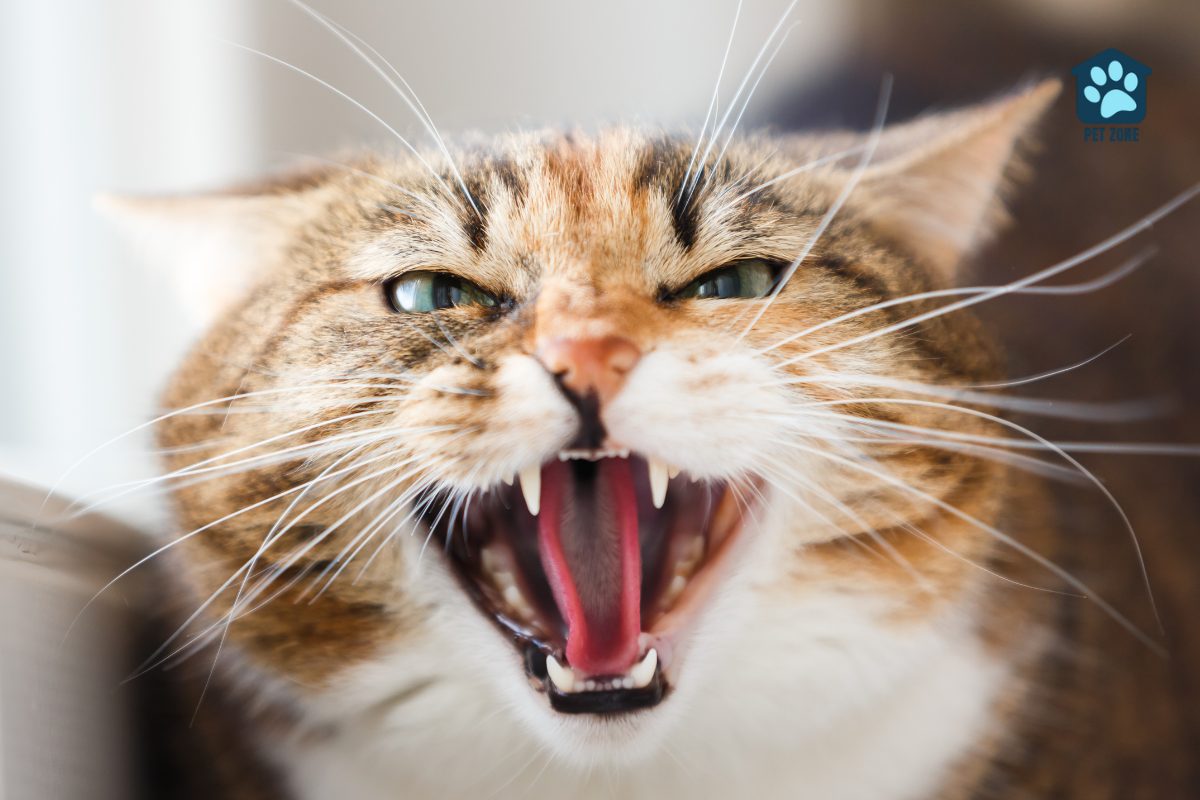
Fear and lack of socialization
Cats can act mean to others out of fear or lack of socialization. If cats grow up without meeting many people or other pets, they may become scared. They show this fear through hissing, growling and even striking out.
Poorly socialized cats often have more fear-based aggression than those that meet lots of people and animals when young. When they feel afraid, it might seem like your cat hates everyone but you. This is because the cat owner is the one person they trust and feel safe with.
Territorial instincts
Cats are naturally territorial creatures with a strong sense of the area they call home. This is what we call territorial instincts. Your cat may see your house as its place, its safe haven. When it notices new people or another cat, it might feel that its space is under threat.
This leads to aggressive behavior in cats towards others who enter their domain. Even a friendly neighbor can make your cat feel uneasy if it enters the house without warning. A male cat might also show territorial aggression against female cats or other cats in general.
Negative experiences
Bad past times can make your cat mean to everyone. A bad event may scare your cat. It might think all people are bad. This is common in pets saved from the street or harsh homes. The kitty might have learned to fear people because of how they were treated before.
Your pet could act mean as a way to keep safe. They are not sure if the new person will hurt them like before, so they growl or hiss first. Many signs of aggression in cats come from this fear and need for safety.
Sensitivity to owner’s emotions
Cats can be very sensitive to their owner’s emotions. If you are feeling stressed, anxious, or upset, your cat may pick up on those feelings and become aggressive towards others. Cats have a strong bond with their owners and they can sense when something is wrong.
They may try to protect you by acting mean or aggressive towards anyone they perceive as a threat. It’s important to manage your own emotions and create a calm environment for your cat to help prevent this behavior.
Underlying medical conditions
Some pets may exhibit aggressive behavior towards others due to underlying medical conditions. These conditions can cause pain, discomfort, or hormonal imbalances, which can contribute to their aggression.
It’s important to rule out any health issues before assuming that the aggression is solely behavioral. Common medical causes of aggression in cats include arthritis, dental problems, hyperthyroidism, and brain tumors.
If you notice your cat being mean towards everyone except you, it might be a good idea to take them for a vet check-up to ensure there are no underlying medical conditions causing their aggressive behavior.
Identifying Signs of Aggression in Cats
Cats show signs of aggression through physical cues, such as hissing or growling, verbal cues like loud meowing or yowling, and body language such as raised fur and a puffed-up tail.
Physical cues
Growling, hissing, and spitting are physical cues that indicate aggression in cats. When a cat feels threatened or defensive, they may display these behaviors to warn others to stay away.
Additionally, constricted pupils can be a sign of offensive aggression in cats. This means that the cat is ready to attack and should not be approached. It’s important to pay attention to your cat’s body language and understand these physical cues so that you can respond appropriately and avoid escalating the situation further.
Remember that pain can also trigger aggression in cats when they are touched in a specific area of their body. By understanding these physical cues, you can better manage and address your cat’s aggressive behavior towards others.
Verbal cues
Cats can provide verbal cues that help us understand their aggression. These vocalizations include hissing, growling, and even loud meowing. When a cat is feeling threatened or afraid, they may hiss to warn others to stay away.
Growling can also be a sign of aggression and discomfort. It’s important to listen for these verbal cues as they can give us insight into how the cat is feeling and help us address their aggression effectively.
Body language
Understanding cat body language is key to identifying signs of aggression. When a cat is feeling aggressive, their body language will show it. Look for flattened ears, dilated pupils, and flattened whiskers as indications of aggression in cats.
Additionally, growling, hissing, or spitting may be verbal cues that your cat is being aggressive. Pay attention to these physical and verbal cues to better understand your cat’s emotions and behaviors.
By recognizing these signals early on, you can take appropriate steps to manage and address your cat’s aggression.
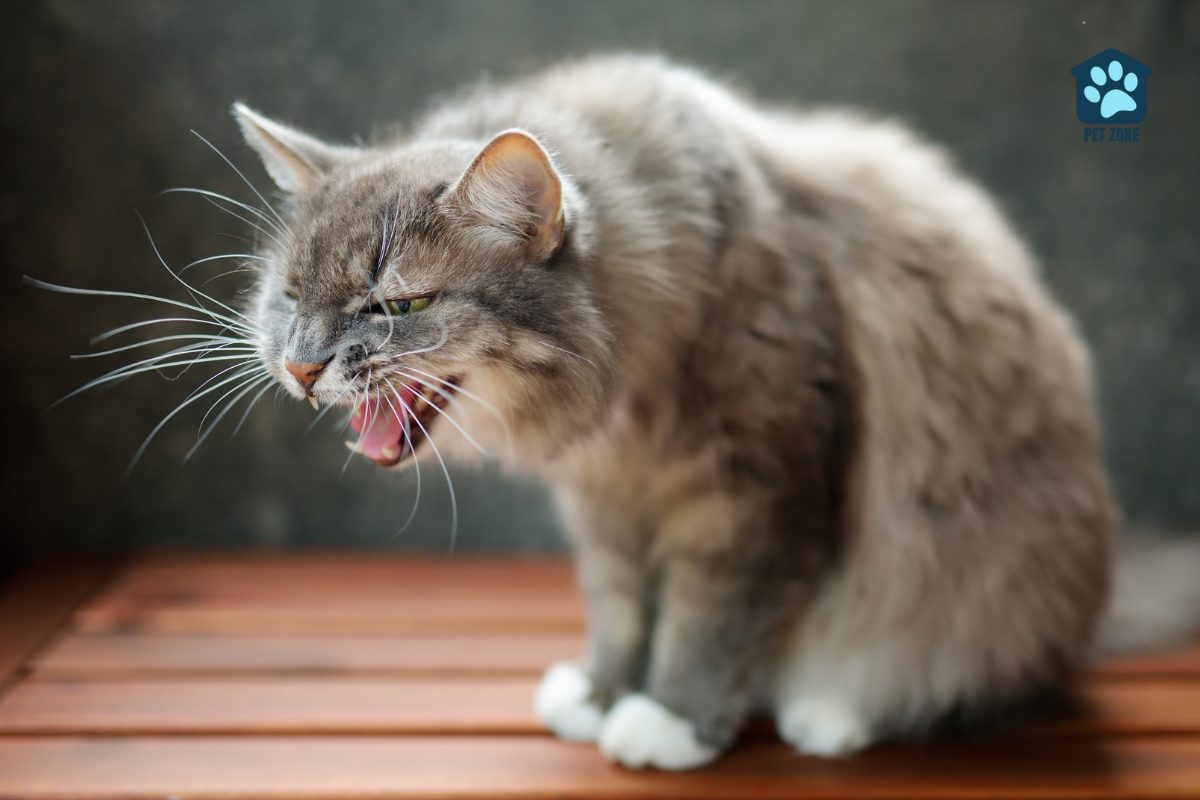
Guide for Guests: How to Avoid Triggering Cat Aggression
Your cat’s behavior can change dramatically around guests. To help manage this, it’s important to educate your visitors on cat-friendly conduct.
First, eye contact. In the feline world, staring is a sign of aggression. Inform your guests to avert their gaze or blink slowly if the cat looks their way. This diffuses tension.
Second, movement matters. Cats prefer predictability. Ask visitors to move in a slow, controlled manner to avoid startling the cat.
Third, keep it quiet. Loud voices can unsettle a cat. Encourage guests to maintain a low, calm tone when speaking.
Last, respect the territory. Cats are territorial animals. Advise your guests to let the cat approach them, especially when the cat is in its favorite spots.
By following these guidelines, your guests can help reduce the chances of triggering your cat’s aggression. It won’t make your cat the social butterfly of the house, but it could lead to fewer hostile encounters.
Ways to Manage and Address Cat Aggression
To manage and address cat aggression, first, it is crucial to understand the underlying cause. Socializing your cat and providing mental and physical stimulation can also help reduce aggression.
Seeking professional help and training your cat to be less aggressive are further options worth considering.
Understanding the underlying cause
To address a cat’s aggressive behavior towards others, it is essential to understand the underlying cause. Aggression in cats can be triggered by various factors such as fear, territorial instincts, negative experiences, sensitivity to their owner’s emotions, or even underlying medical conditions.
Identifying the root cause is crucial because aggression is often a symptom of an underlying problem. By recognizing and addressing the underlying cause, you can effectively manage and address your cat’s aggression.
This may involve socializing your cat, providing mental and physical stimulation, seeking professional help if needed, or training your cat to be less aggressive. Understanding what is causing your cat’s aggression will help you take appropriate steps to create a safe and harmonious environment for both your feline friend and those around them.
Socializing your cat
To help manage your cat’s aggression towards others, socializing your cat is an important step. Here are some tips to help you socialize your cat:
- Start early: Begin socializing your cat when they are young kittens. This helps them become comfortable with different people and situations.
- Positive experiences: Expose your cat to positive experiences with new people by giving them treats or playtime during these interactions.
- Gradual introductions: When introducing your cat to new people, start with a quiet and calm environment. Allow your cat to approach at their own pace and reward them for good behavior.
- Controlled interactions: Keep initial interactions short and controlled. Avoid overwhelming your cat with too many new people or loud noises all at once.
- Consistency and repetition: Regularly expose your cat to new people in a controlled manner to build their confidence and familiarity.
Providing mental and physical stimulation
To manage and address cat aggression, it is important to provide your cat with mental and physical stimulation. This can help redirect their negative behaviors and promote a healthier and happier environment for both you and your feline friend. Here are some ways to provide mental and physical stimulation for your cat:
- Playtime: Engage in interactive play sessions with your cat using toys like feathers, strings, or laser pointers. This helps them release energy and satisfy their natural hunting instincts.
- Puzzle toys: Give your cat puzzle toys or treat-dispensing toys to help mentally stimulate them. These toys require them to work for their treats, keeping their minds engaged.
- Scratching posts: Provide multiple scratching posts or surfaces throughout your home for your cat to scratch on. Scratching helps them exercise their muscles, stretch, and mark their territory.
- Environmental enrichment: Create a stimulating environment by incorporating perches, hiding spots, and climbing structures in your home. This allows your cat to explore, climb, and observe their surroundings from different vantage points.
- Rotate toys: Keep your cat toy selection fresh by rotating their toys every few days. This prevents boredom and maintains their interest in playtime.
Seeking professional help
If you’re dealing with cat aggression, it’s important to seek professional help. Trying to fix the problem on your own can be risky and may not give you the results you want. Getting assistance from a knowledgeable expert who understands cat behavior and aggression is crucial in managing and addressing the issue effectively.
They will have the experience and expertise needed to identify the underlying causes of your cat’s aggression and provide appropriate strategies for intervention. Seeking professional help is necessary to ensure everyone’s safety, including yours and your furry friend’s.
When facing aggressive behavior from your cat towards others, don’t hesitate to reach out to a professional who can guide you through this process. Resolving cat aggression requires specialized knowledge that professionals possess.
Training your cat to be less aggressive
To help your cat become less aggressive, follow these steps:
- Understand the underlying cause of aggression in your cat.
- Socialize your cat by gradually exposing them to new people and experiences.
- Provide mental and physical stimulation through playtime and interactive toys.
- Seek professional help from a veterinarian or animal behaviorist if needed.
- Train your cat to be less aggressive using positive reinforcement techniques.
- Avoid confrontational reactions or physical punishment when dealing with aggression.
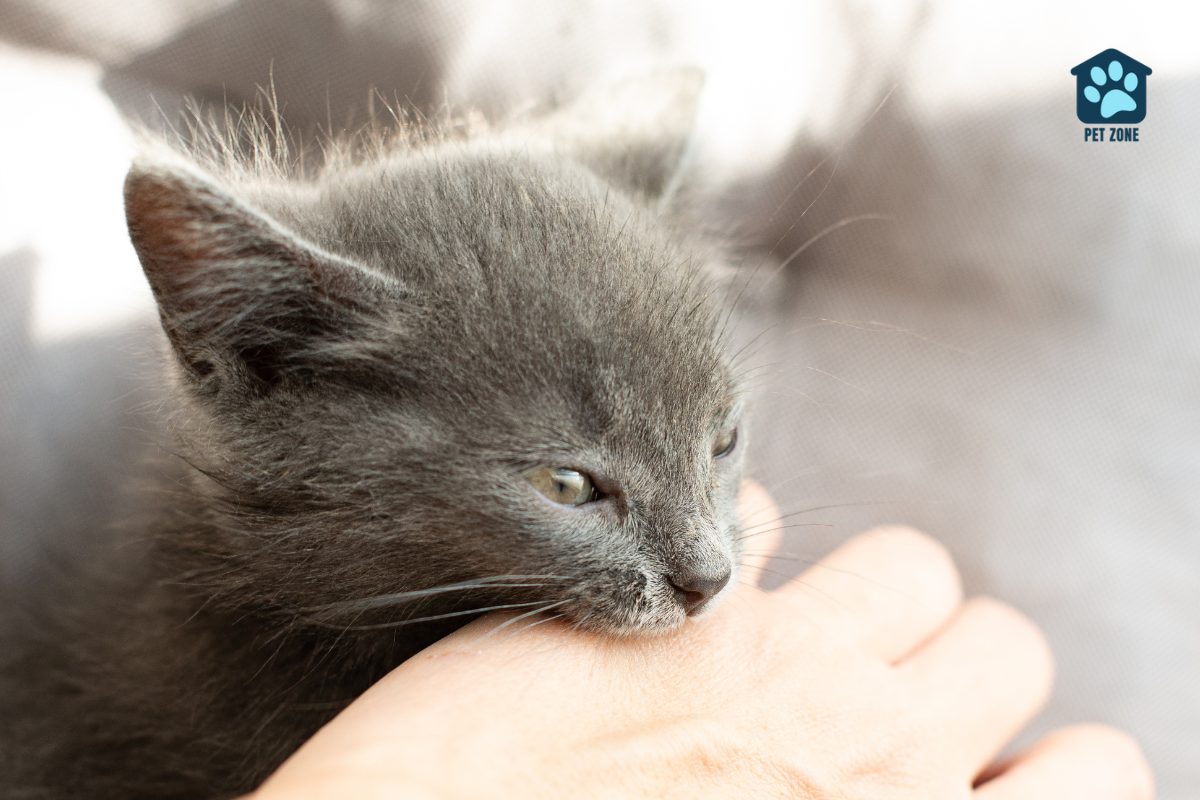
Conclusion
Cats can be mean to everyone except their owner for various reasons. It could be due to fear, territorial instincts, lack of socialization, or underlying medical conditions.
Understanding and addressing the underlying cause of aggression in cats can help improve their behavior towards others. Seeking professional help and providing mental and physical stimulation are also effective ways to manage cat aggression.
So if your cat is mean to everyone but you, don’t worry – there are solutions available to help change their behavior.
As an Amazon Associate I earn from qualifying purchases.
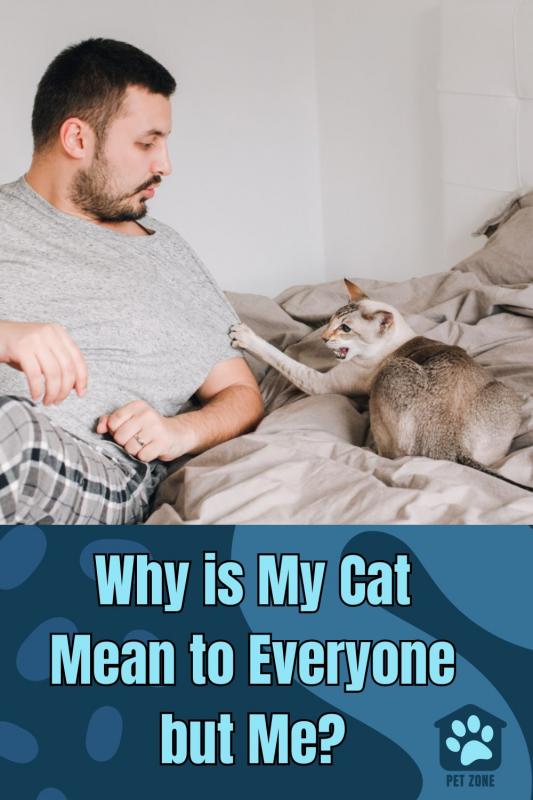


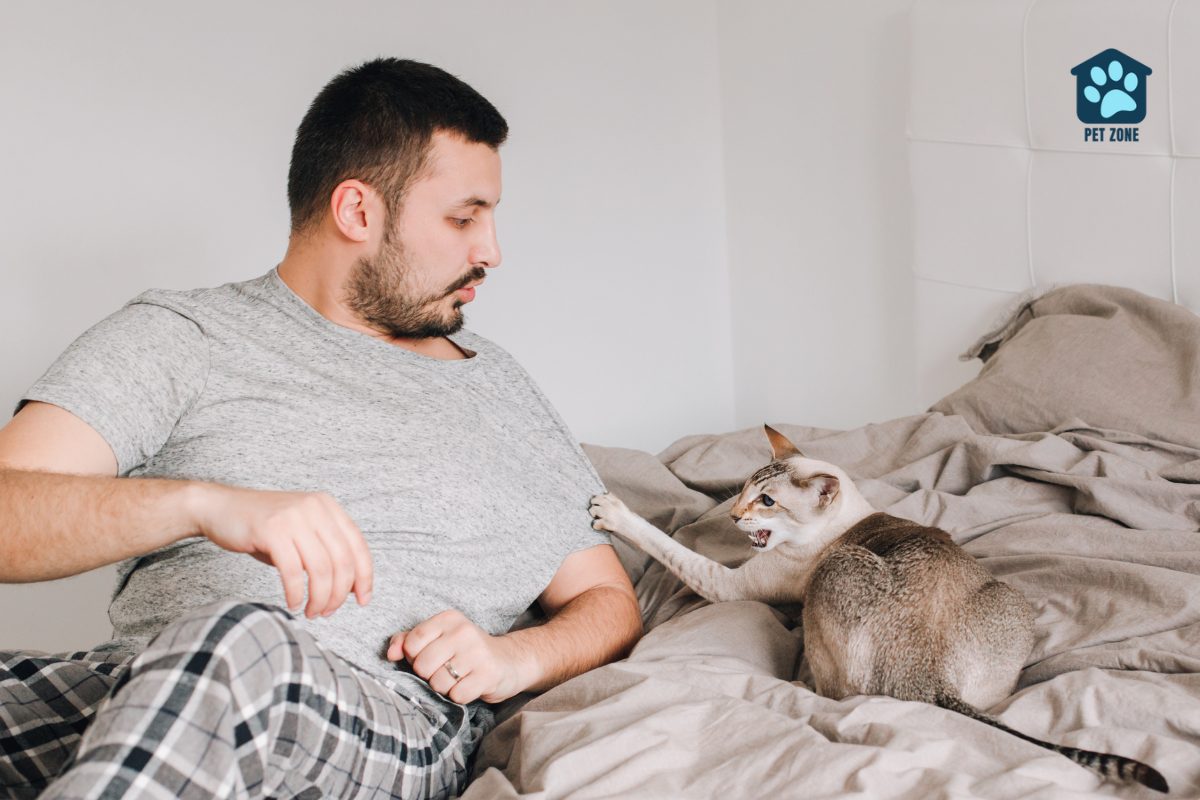
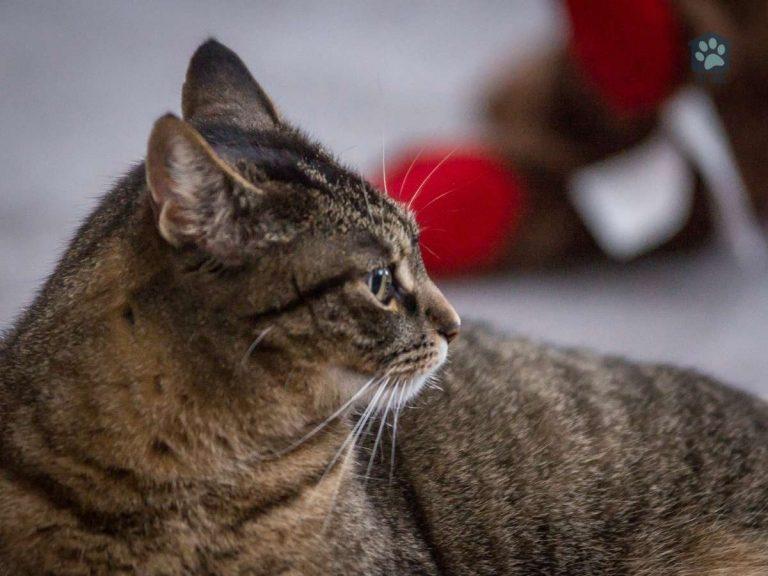

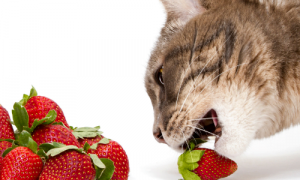
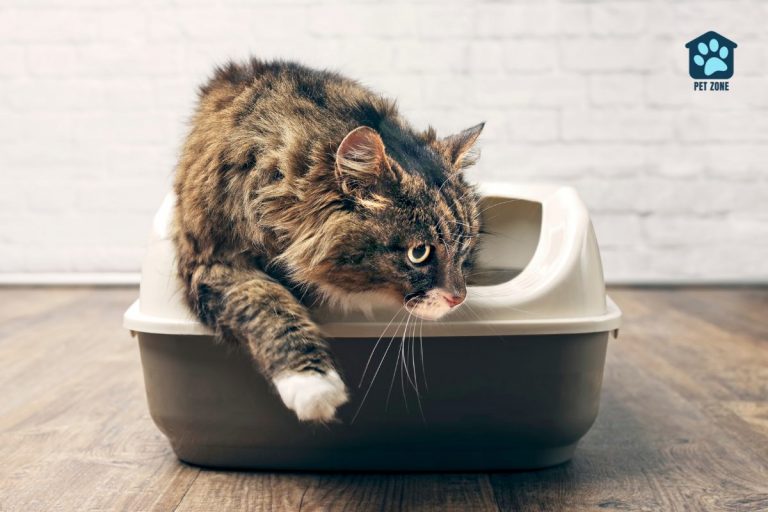
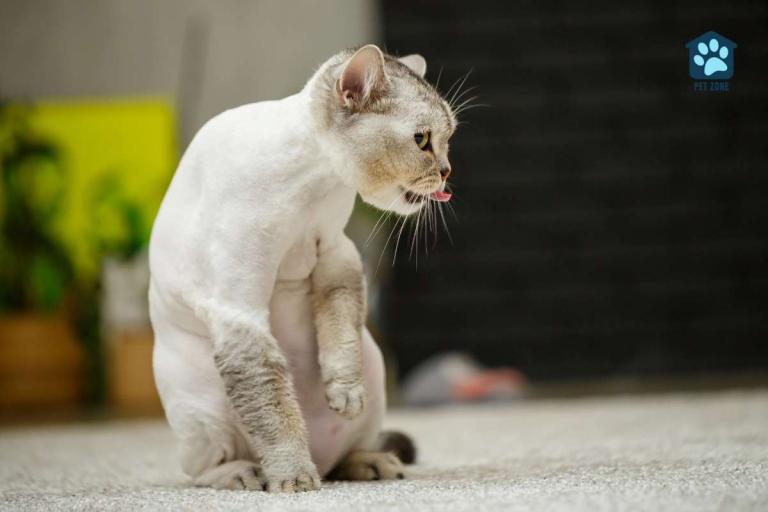
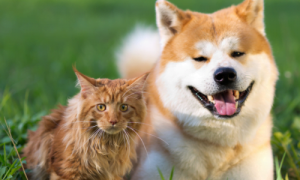
This is a super helpful article about why my cat is mean to everyone but me. When I was growing up, we had a cat like this. He only loved my parents but was mean to everyone else, including me. It’s really interesting to read about the causes and how to fix the problem.